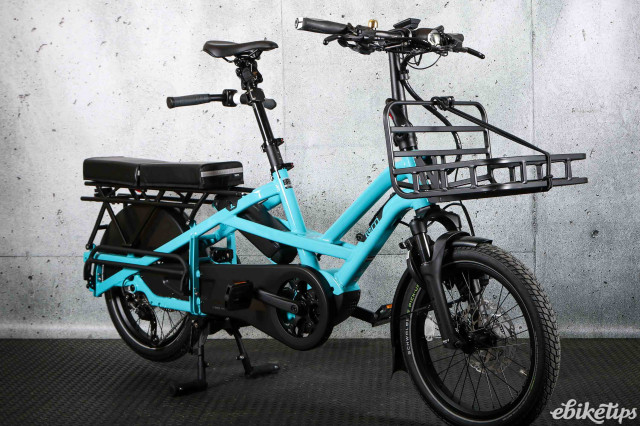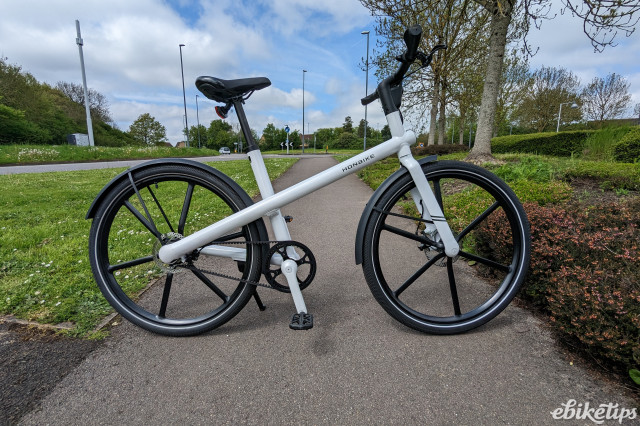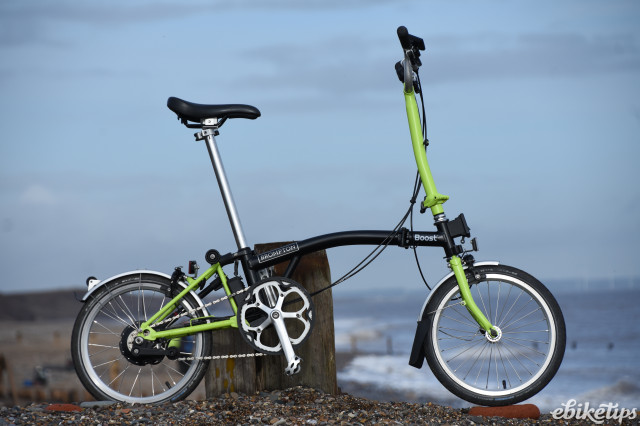In the UK, we generally use our electric bikes for commuting and leisure riding, but in Vietnam, some are doubling as a lifeline for small businesses during power outages. A unique initiative by a Vietnamese community is harnessing the power of e-motorbikes to provide electricity in emergencies.
With its Weaver ++ e-moto series, local brand Dat Bike is at the forefront of this innovative idea. These bikes have a range of up to 200km, and by using an inverter, they can convert the energy from their batteries to a 220-volt power supply.
In Vietnam's capital, Ho Chi Minh City, frequent power cuts can cause big problems for small businesses like street food vendors, grocery shops and tattoo parlours. Understanding this dilemma, the local bike community has set up Re:Charge - a system that allows these businesses to contact them during blackouts. An owner of a Dat Bike can then arrive at the location and convert their e-motorbike into a makeshift power generator, providing enough electricity to keep the business operational for one to three hours - often sufficient to outlast the blackout period.
How does transforming an electric motorcycle into an emergency power generator work Converting the energy stored in Dat Bike's battery into useable mains electricity is very straightforward. A 1,000-2,000W power inverter is used to convert the battery's output into 220V, making it suitable for the electrical devices used in small businesses.
The electric motorbike's battery can store up to 5,000Wh of electricity, allowing it to produce power continuously for approximately four hours with a 1,000W power inverter or for two hours with a 2,000W power inverter.
As an example, a fully charged battery can supply power to the lighting and two freezers in a small convenience store for between three to four hours.
Electric bikes and e-mopeds have been around for a good few years, and we’ve probably begun to take them for granted. The Re:Charge venture shows the potential of two-wheeled electric transport beyond its conventional use, and is a testament to local ingenuity in using this technology for a community-based solution.
Will we see anything like this here any time soon? It’s unlikely, as the need for such emergency power solutions is less critical due to our (fairly) reliable energy supply. However, the increasing use of electric vehicles and growing emphasis on sustainability, innovation, and community independence could foster future interest in similar initiatives.







